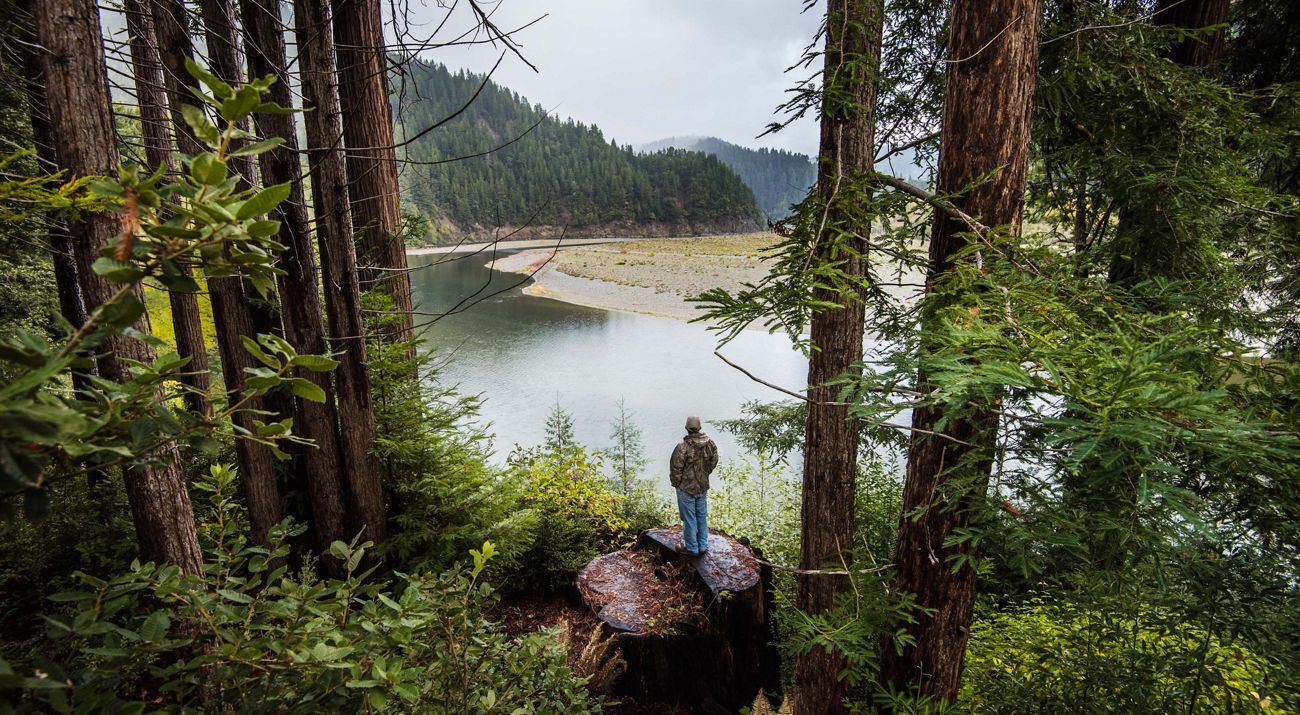Reforestation Runs in the Family
On their land in North Carolina’s Sandhills, the Thiel family has been reforesting and sustainably managing longleaf pine forests for generations.
Embracing Nature and Empowering the Planet

Across the U.S. and Canada, healthy landscapes and seascapes reduce carbon emissions and increase carbon storage. That is why TNC works across North America to scale and implement natural climate solutions.
Combined with cutting emissions and accelerating renewable energy, these actions to protect, better manage and restore nature offer immediate and cost-effective ways to tackle the climate crisis—while also addressing the loss of plant and animal species and supporting human health and livelihoods.
Natural climate solutions include practices like improving forest management to help forest owners increase the carbon stored in their trees; reducing fertilizer use for fewer greenhouse gas emissions; restoring coastal wetlands to sequester carbon in submerged soil.
Globally, natural climate solutions could deliver up to a third of the emission reductions needed by 2030 to avoid the worst impacts of climate change
More than 290 million acres of forest land is owned by families in the U.S.
More than 48.1 megatonnes of carbon dioxide could be mitigated annually by implementing natural climate solutions on agricultural lands in Canada.
94% of Americans support protecting and restoring forests, grasslands and wetlands so they can store carbon and fight climate change. 84% of Canadians feel the same.
We help people who own or manage land implement natural climate solutions. We also advocate for policies and public funding that will achieve wider adoption and use of natural climate solutions.
Learn more about what we are doing to advance natural climate solutions.
Explore More
Learn how TNC is expanding clean energy and implementing natural climate solutions in North America.

Natural climate solutions, such as restoring wetlands, protecting forests and increasing regenerative agriculture are delivering big wins for the climate. Here are some examples of the projects, people and communities embracing these solutions.